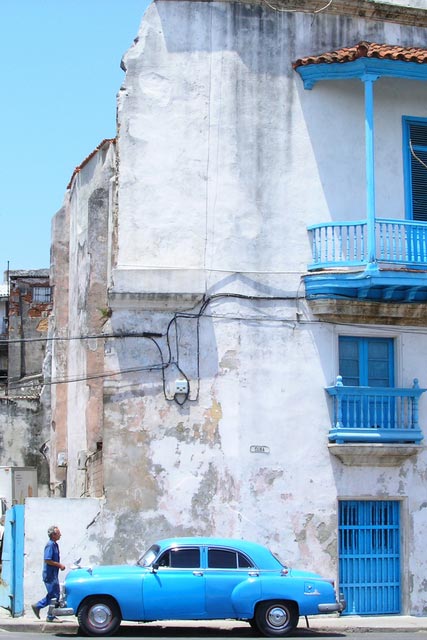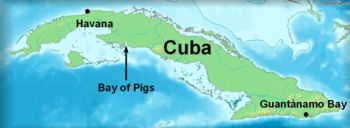A Vintage Car Lover's Paradise

Where in the world can you see Ford Fairlanes, Chevrolet Belairs or 59' Thunderbird Convertibles routinely cruising down the street?
If it's your first visit to Cuba you may be surprised at the number of vintage American cars from the 50's that are still on the roads of practically every town. It's like being part of a living museum of Classic Cars. Classic car enthusiasts will think they've landed in Vintage car heaven. It's quite common to see old Cadillacs, Oldsmobiles, and Chevrolets and many other US made cars from the golden age of the automobile industry.
Before the revolution of 1959 there were close to 150,000 American cars on the streets of Cuba. As a result of the revolution many people had to flee the country leaving all their belongings behind. Currently it is estimated that there are about 60,000 of these classic American cars left. If you think about what that means it's quite amazing. For almost 50 years the Cubans have been maintaining these cars with skill, cleverness and ingenuity. After all, it's not like you can get replacement parts at your local automotive shop. And in reality, it's not so much a love of these cars as it is an economic necessity.
Vintage Classic Cars in Cuba
Here is a short video showing some of the cars on the roads of Cuba.
Learn more about Cuba's Vintage Cars
If you are interested in learning more about these automobiles there are two great books to look at. The first is Cuba Classics: A Celebration of Vintage American Automobiles by Christopher Baker. The second one is titled Chariots of Chrome: Classic American Cars of Cuba
by Simon Bell.
Chariots of Chrome from Amazon.ca
Cuba Classics from Amazon.ca

 Photo Credit:
Photo Credit: